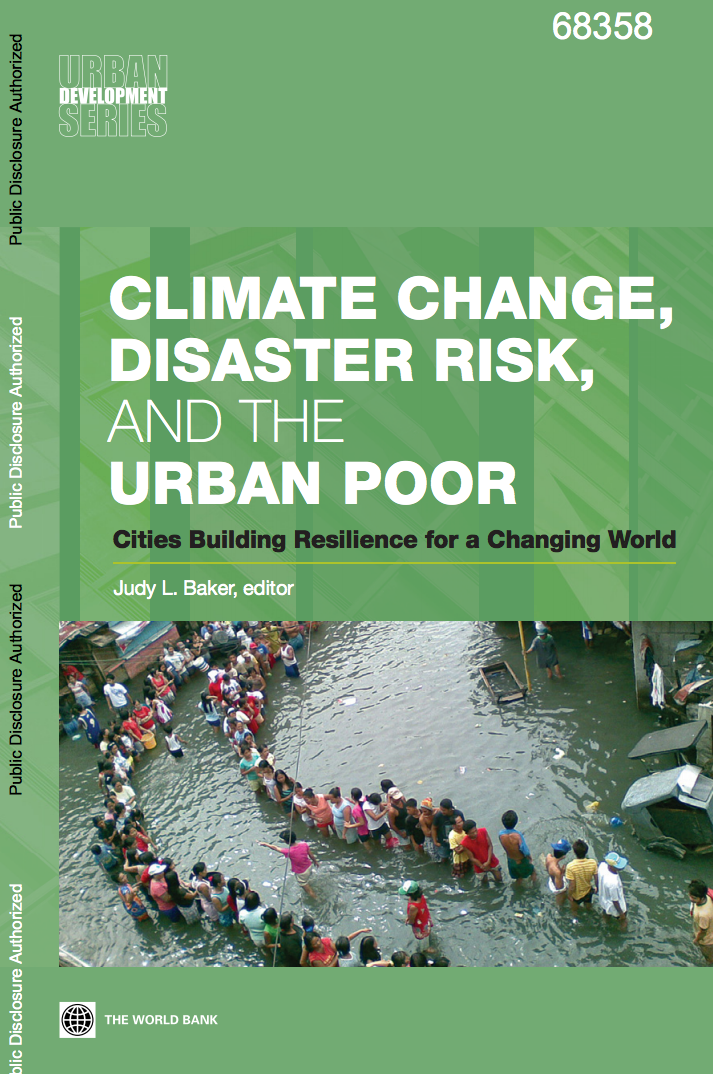Hidden Harvest : The Global Contribution of Capture Fisheries
This report provides a disaggregated
profile of the world's small and large-scale fisheries
and an estimate of its direct and indirect contributions to
gross domestic product, food security, and rural livelihoods
to uncover the hidden importance of the fisheries sector
with a view to increasing its economic and environmental
contributions in a sustainable manner. The study reveals
serious information deficiencies that undermine decision


